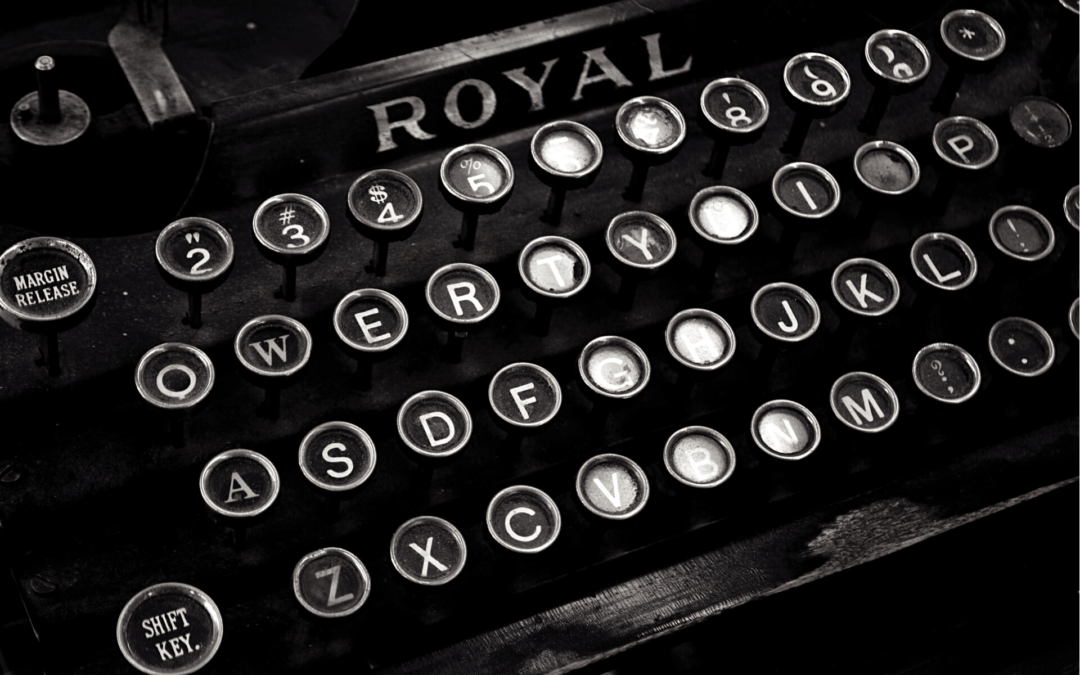The Digital Dark Age is an English phrase used to represent a situation in which it is difficult or impossible to access data because they are only available on media that have become obsolete.
The term “Digital obsolescence” does not regard the impossibility of access to a digital resource because of its natural deterioration but refers to the backwardness of the technology.
In connection with this issue, the Cornell University Library has published a timeline of multimedia formats, called “Chamber of Horrors” that shows how quickly new technologies are created while the past ones are put aside and the associated data are no longer usable.
The problem is not only limited to text documents, but also applies to audio, video, photos and other electronic data types.
We live in the age of the Data-Economy, in which everything revolves around the ability of companies and institutions to take advantage of the data available to improve business performance and quality of services:
but what if we can no longer access this fundamental resource?
History teaches…
The issue of Digital Dark Age is not recent, in fact the first mention of the term dates back to 1997 during a conference of the “International Federation of Library Association and Institutions” (IFLA).
One of the most famous examples is the data of the American moon landing in 1976, preserved by NASA on magnetic tapes, which for over a decade have not been used. When they were consulted again, they were unreadable because they were encoded in an unknown format and the original programmers had left the company. An in-depth analysis of the information along with the purchase of the old equipment was necessary to solve the problem.
The Internet Archive Digital Library, a few years ago, said that one of its main goals was to avoid a dark age.
Huge amounts of digital data are now lost forever. In fact, it is extremely complicated to “recreate” past history and organizations find themselves having to manage amounts of information that are not stored properly, in old formats or saved on unreadable media.
Many data sets from governments or universities around the world have been made obsolete by changing technologies, just think of floppy disks that haven’t been on the market for years. To try to solve this problem will inevitably require expensive rescue operations to try to recover the historical archives.
The “Report of the Task Force on Archiving of Digital Information” identified among its priorities the development of an effective mechanism for saving all digital information in danger of permanent loss.
What is the right solution to avoid a Digital Dark Age?
We live in an age in which every day a huge amount of data is produced, in many formats and various technological media. In our previous articles, we have repeatedly stressed the important advantages in building a Data-Centric strategy (Click here to learn more), including predicting the trend of future results based on historical data. In this perspective, the strategic value of digital information is even more evident.
In recent years the race to digitalization has made the Digital Dark Age an issue no longer “futuristic” but absolutely real and concrete.
The spread of intelligent and interconnected technologies has further catalysed attention to the problem. However, the Internet of Things (IOT), one of the most important innovations of the 21st century, being integrated with powerful AI tools, can produce, analyse and store data more efficiently and sustainably.
There are two optimal solutions that all organizations should pay close attention to:
Cloud Migration
The primary goal of Cloud Migration is to be able to host and value data in an optimal environment with significant benefits in terms of security, performance and cost.
Cloud computing is considered the key factor for digital transformation by enabling information to be managed and analysed collaboratively, from infrastructure as a service [IaaS], to platform as a service [PaaS] or software as a service [SaaS].
Migrating to the cloud requires a well-structured strategy. Success factors include technological and organizational elements: the former include reliability, interoperability, security and privacy, disaster recovery and network bandwidth while the latter refer to management support, IT training and degree of control.
Data Standardization
Over time, most businesses have collected and stored a considerable amount of unstructured data, that is, in the form of paper documents or in digital formats that are becoming obsolete.
The theme of Information Governance takes into account the need to “govern”, use and standardize information efficiently.
The problem is that in many cases companies do not have the ability to know where the data are, either because they are still stored in analog form or because they are randomly stored without a logic.
At Drive2Data we believe in human heuristics, in safeguarding and enhancing data as the vital centre of an engine that brings innovation and sustainable growth.
Innovation is not just a possibility but a necessity that cannot be ignored in an increasingly interconnected world where the risk of a return to the “Dark Age” is increasingly imminent.

